Proteins are fundamental building blocks of life that perform a variety of important functions in our bodies. They are essential for building and repairing tissues, producing enzymes and hormones, and strengthening our immune system. Bioavailability and the number of amino acids are important aspects of protein efficiency. Bioavailability describes how efficiently the body can absorb and utilize proteins from food. This can vary depending on the protein source. Amino acids are the building blocks of proteins. Of the 20 amino acids, eight are "essential," meaning the body cannot produce them itself and must therefore be obtained through the diet.
A distinction is made between animal and plant proteins, depending on the source of the proteins.
Animal proteins come from animal sources such as meat, fish, dairy products, and eggs. A prime example of animal protein is whey protein. This protein is considered one of the best sources of protein for muscle building and recovery. Whey protein contains all eight essential amino acids, making it a "complete" protein source. It is also characterized by its high bioavailability, meaning the body can absorb it efficiently. These properties make whey protein a popular choice among athletes and fitness enthusiasts.
Plant proteins, on the other hand, come from plant sources such as legumes, nuts, seeds, and vegetables. Although plant proteins often do not provide all essential amino acids in optimal amounts, they can still be a rich source of protein. Soy protein, derived from soybeans, is a notable example. Soy is one of the few plant protein sources that contains all essential amino acids in the amounts needed by the human body. Chickpeas, a staple food in many cultures, are another excellent source of plant protein. They provide some essential amino acids and, when combined with other plant proteins, can also become a "complete" protein source.
The bioavailability of plant proteins can vary and is generally lower than that of animal proteins. A balanced diet with a variety of plant-based foods ensures optimal amino acid composition and bioavailability. A mix of grains and legumes, for example, is one way to complete the amino acid pattern. Whether rice with tofu, oatmeal with soy curd, or wraps with hummus – there are numerous delicious vegan combinations to enhance protein quality.
Combining different protein sources, both animal and plant, can also be a good strategy to optimize bioavailability and ensure that the body can efficiently utilize all the necessary nutrients.
The comparison between animal and plant protein sources is not only a fascinating scientific topic, but also of great practical importance for our nutrition and health. So, whether you're on your way to the gym or busy in the kitchen, don't forget to rely on a diverse range of proteins. Your body will thank you!


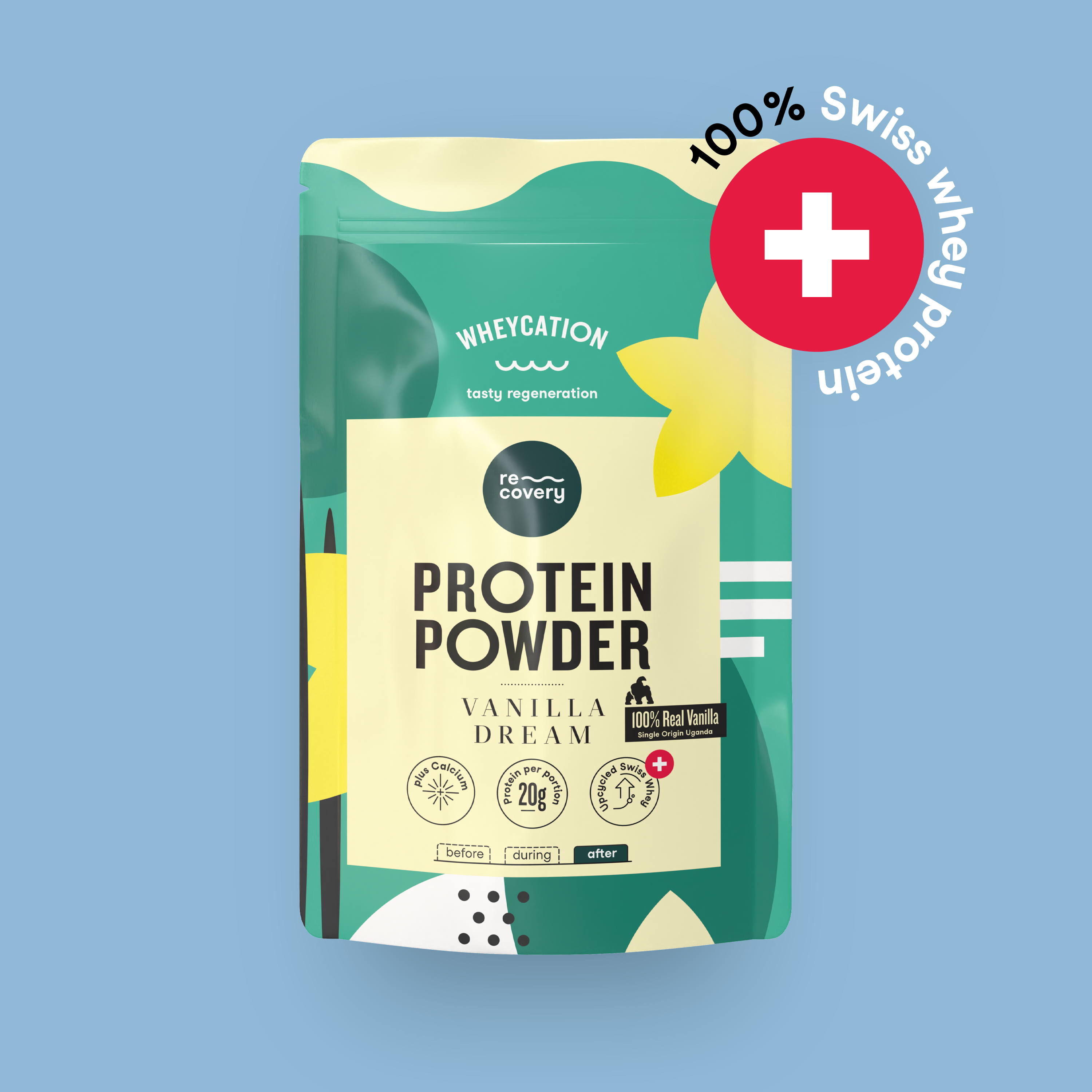

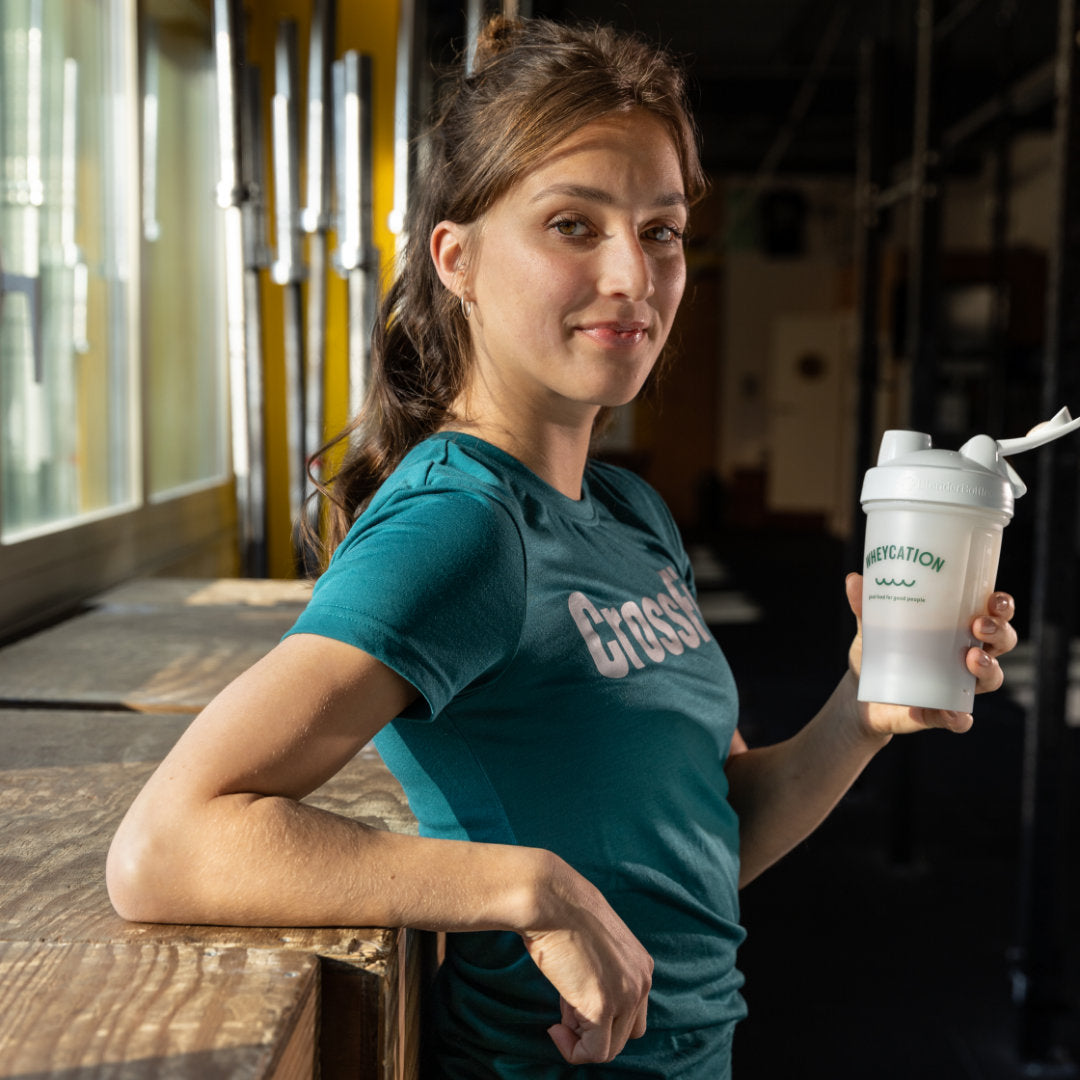
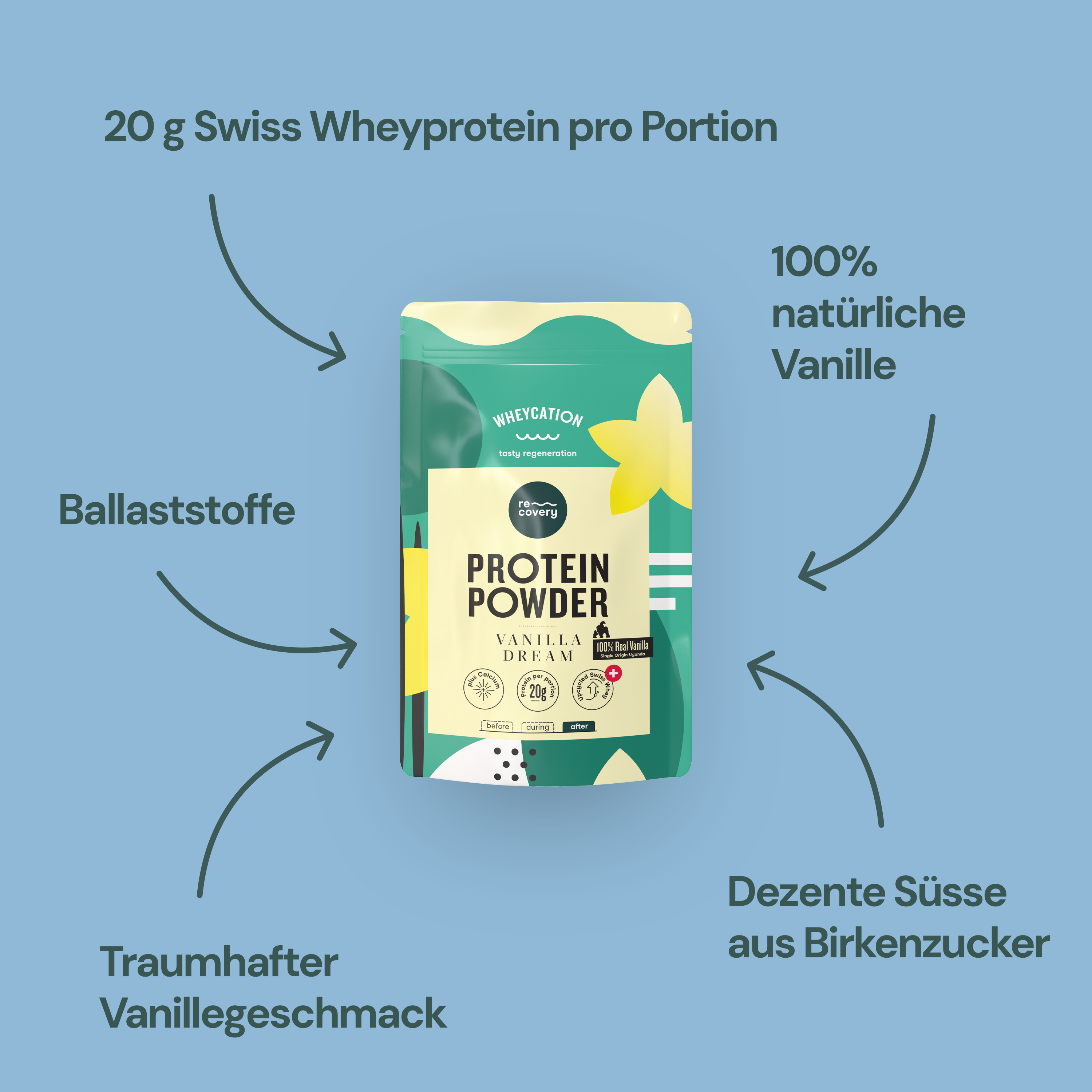
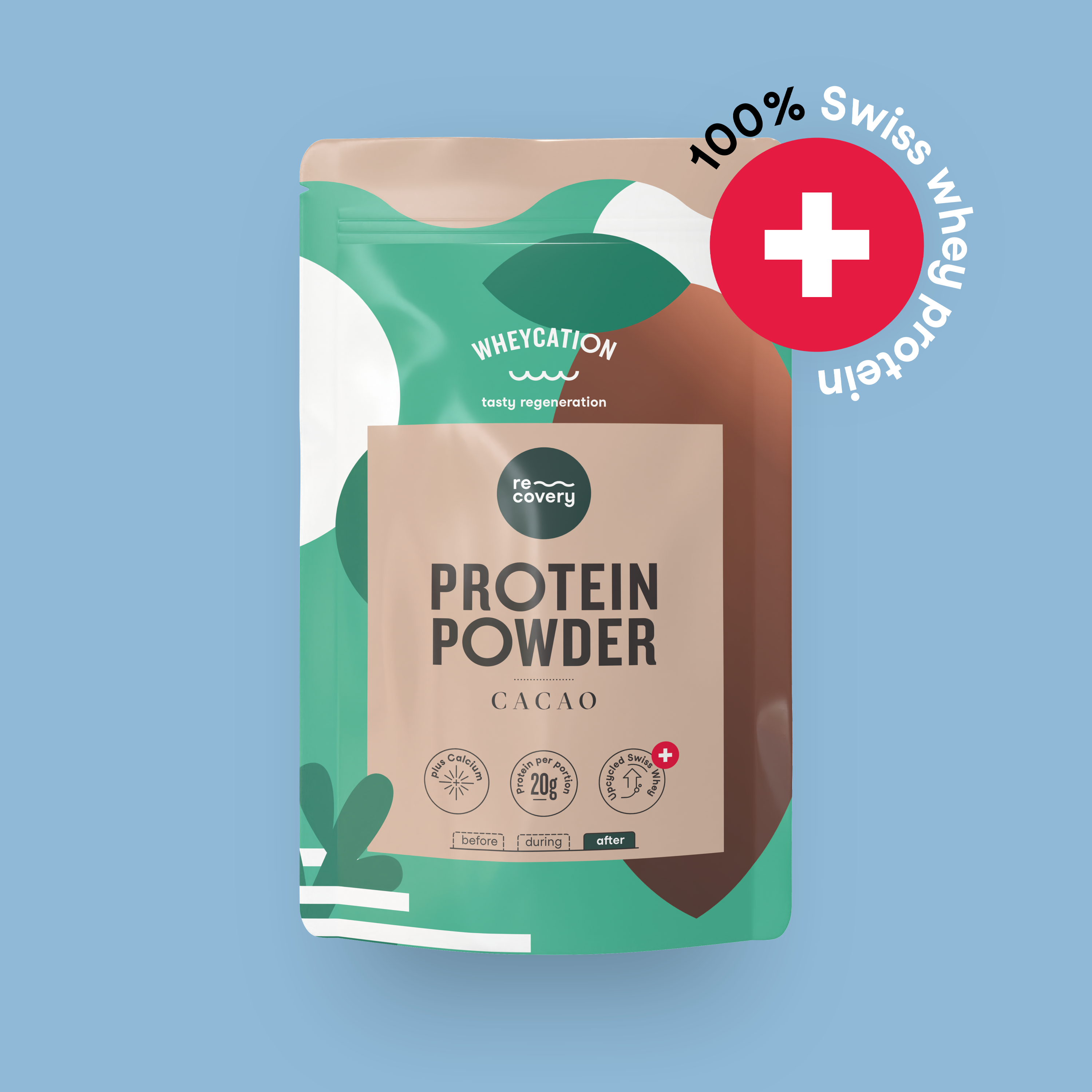

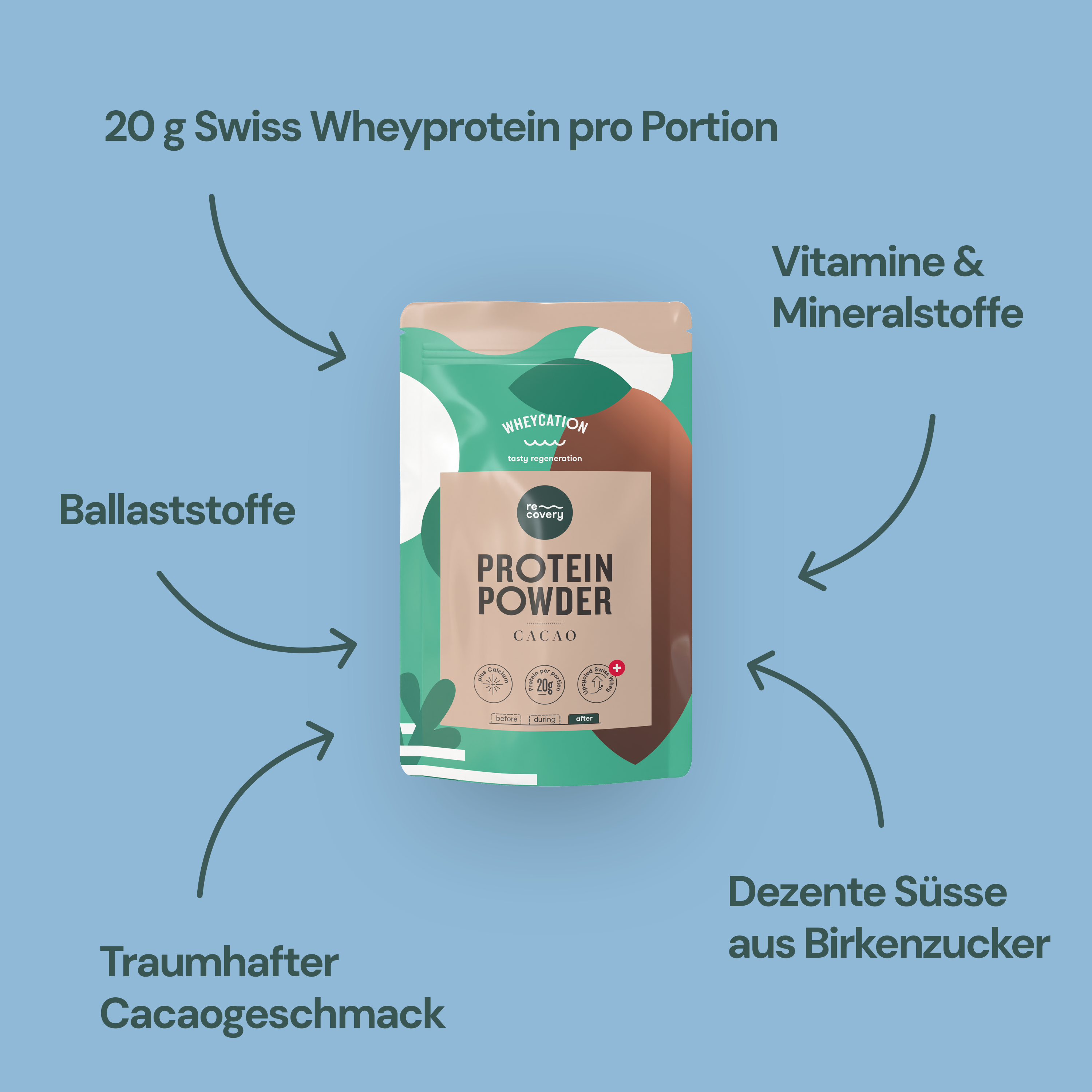
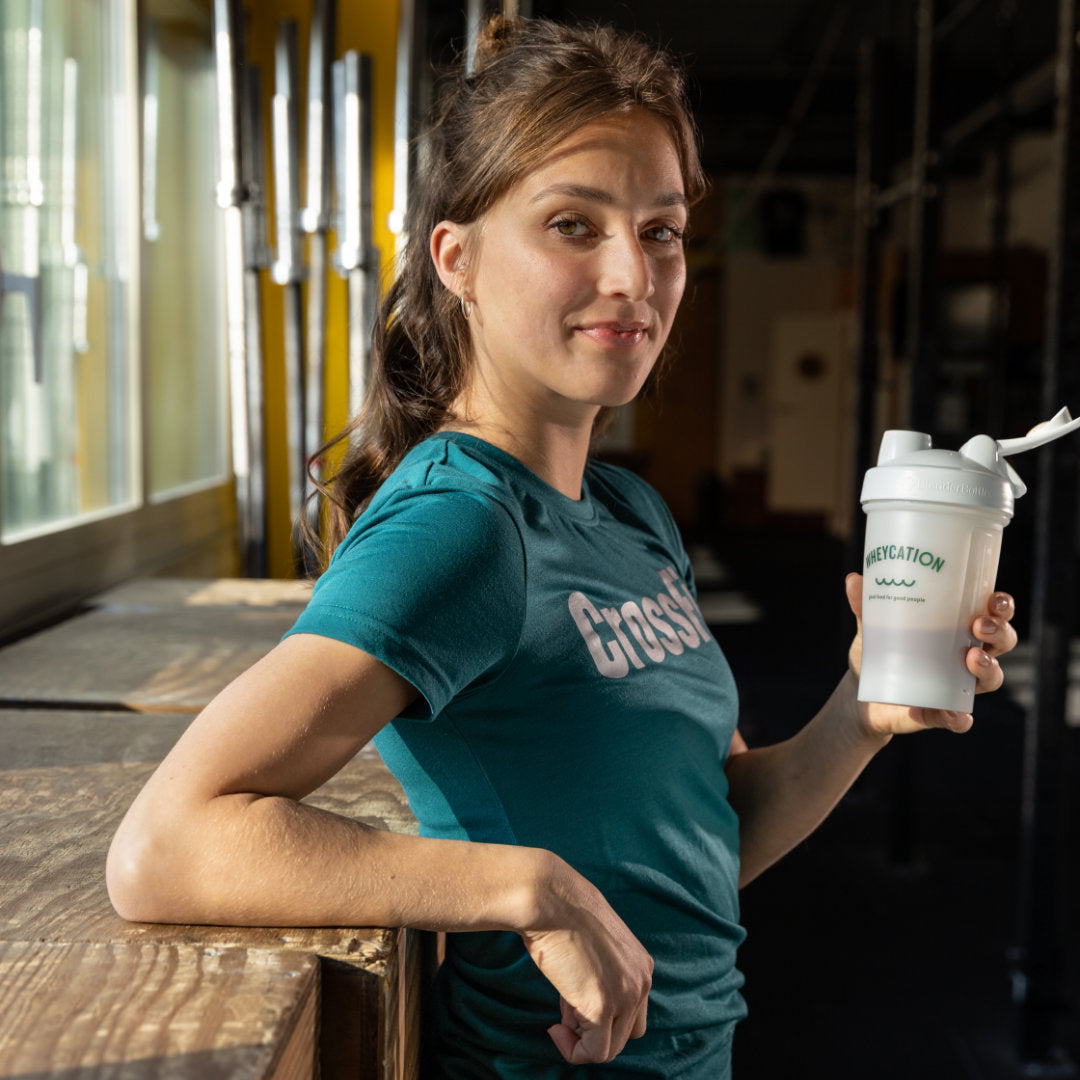
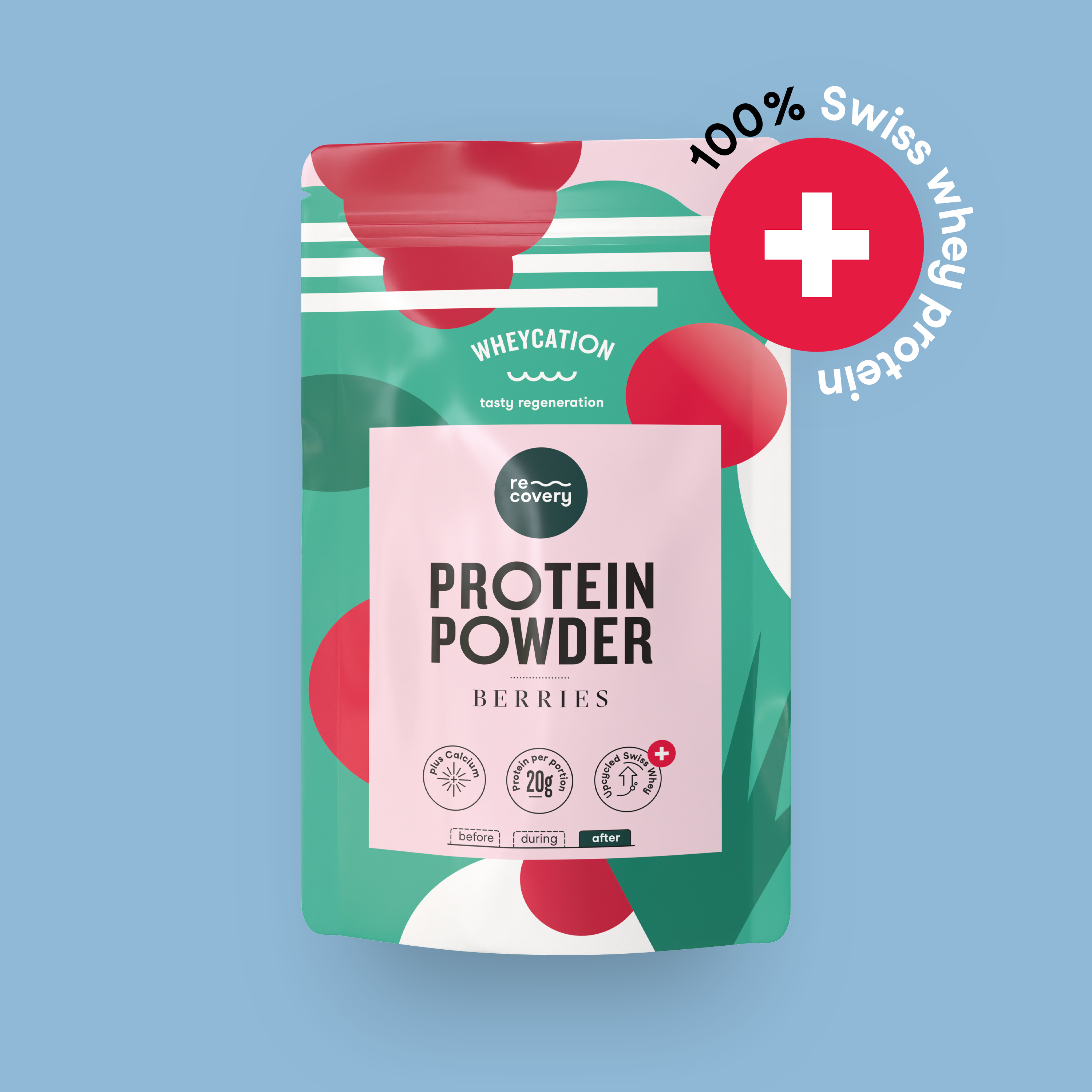
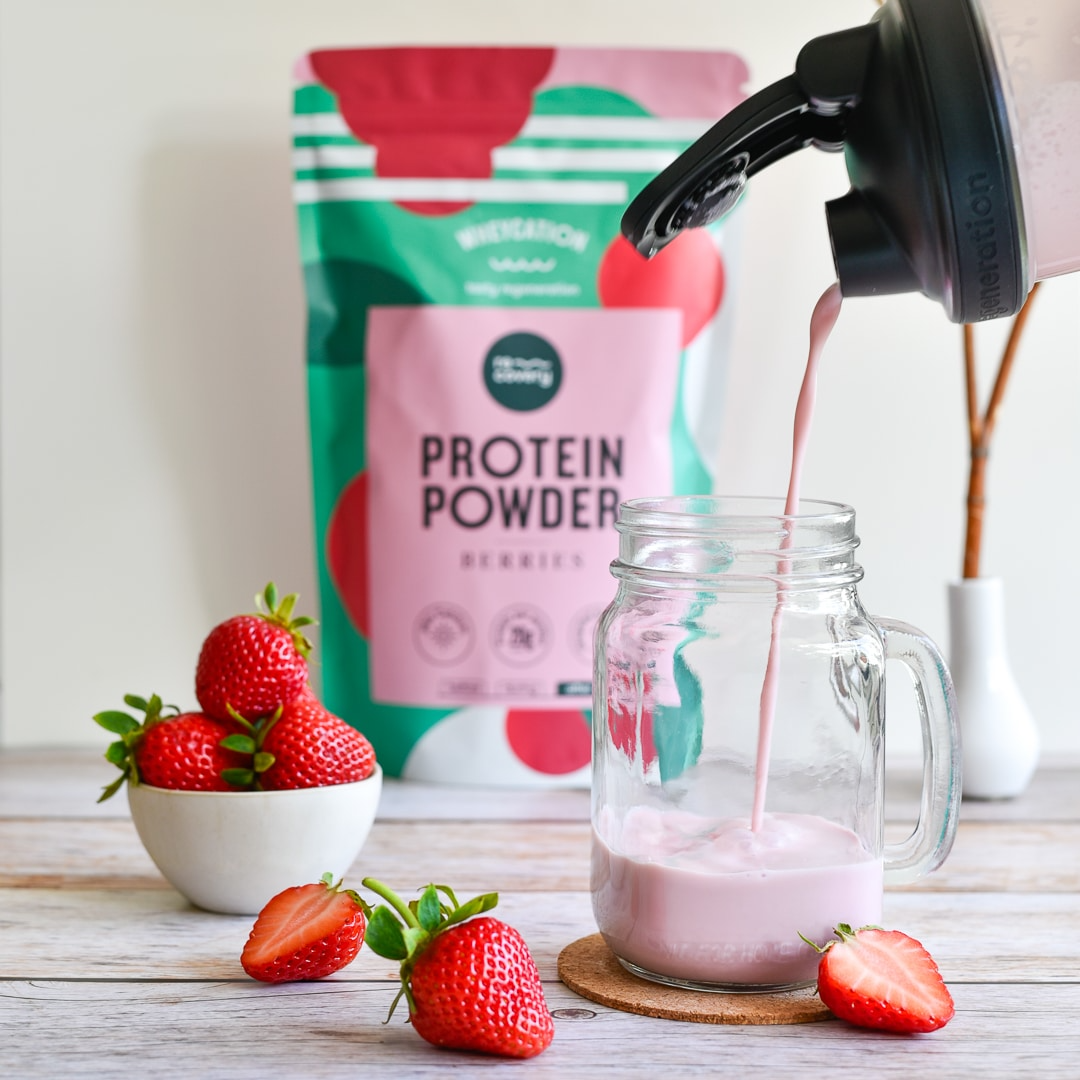

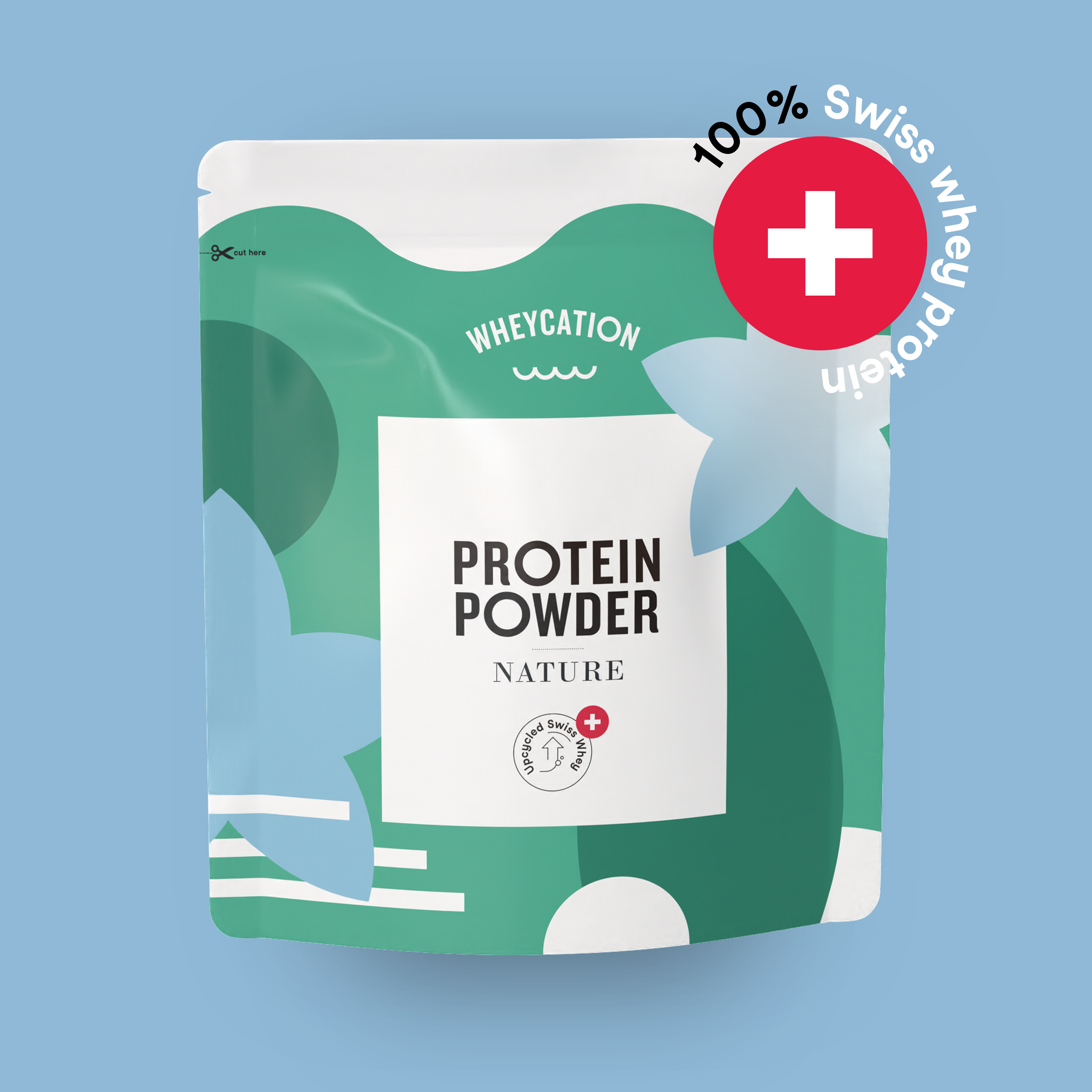
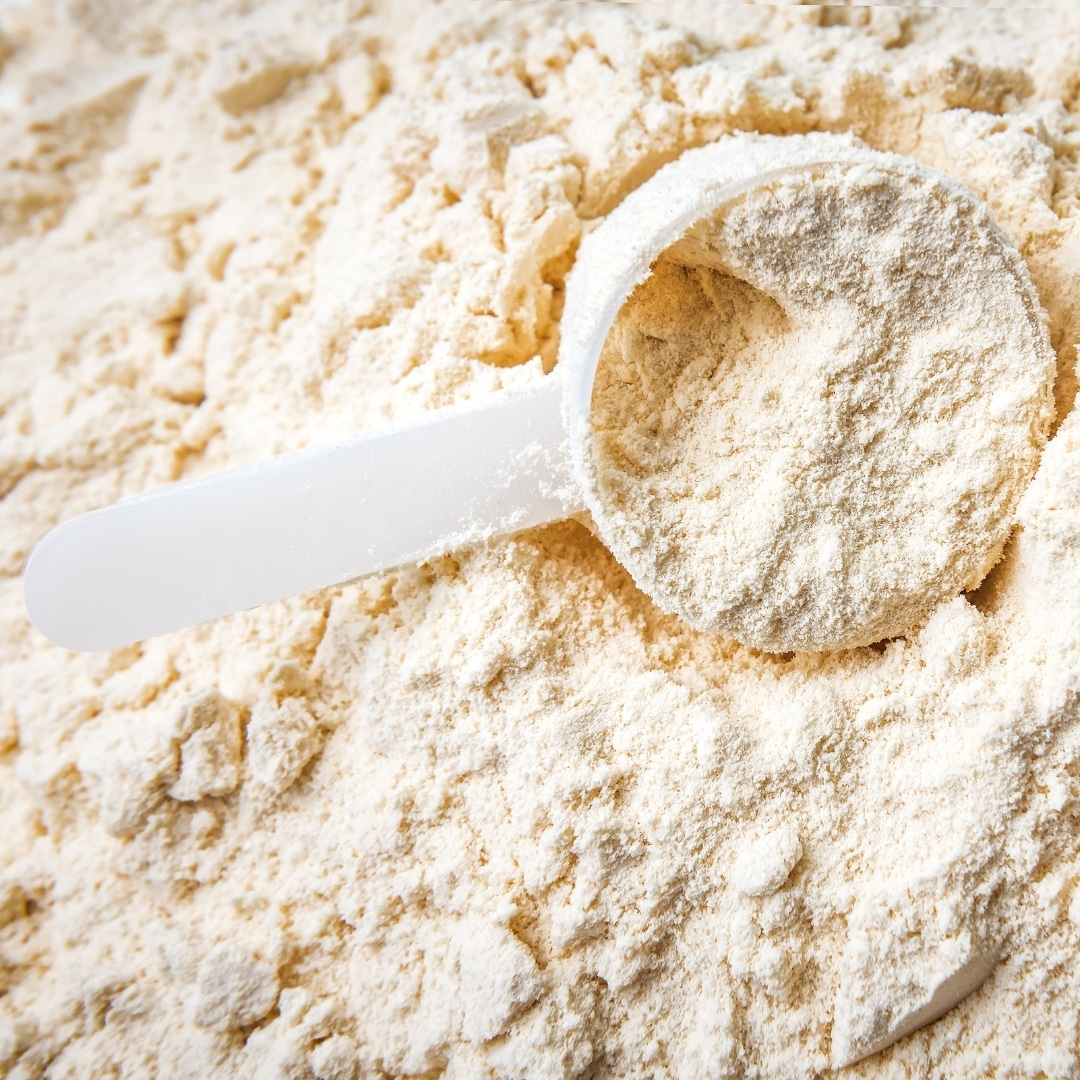
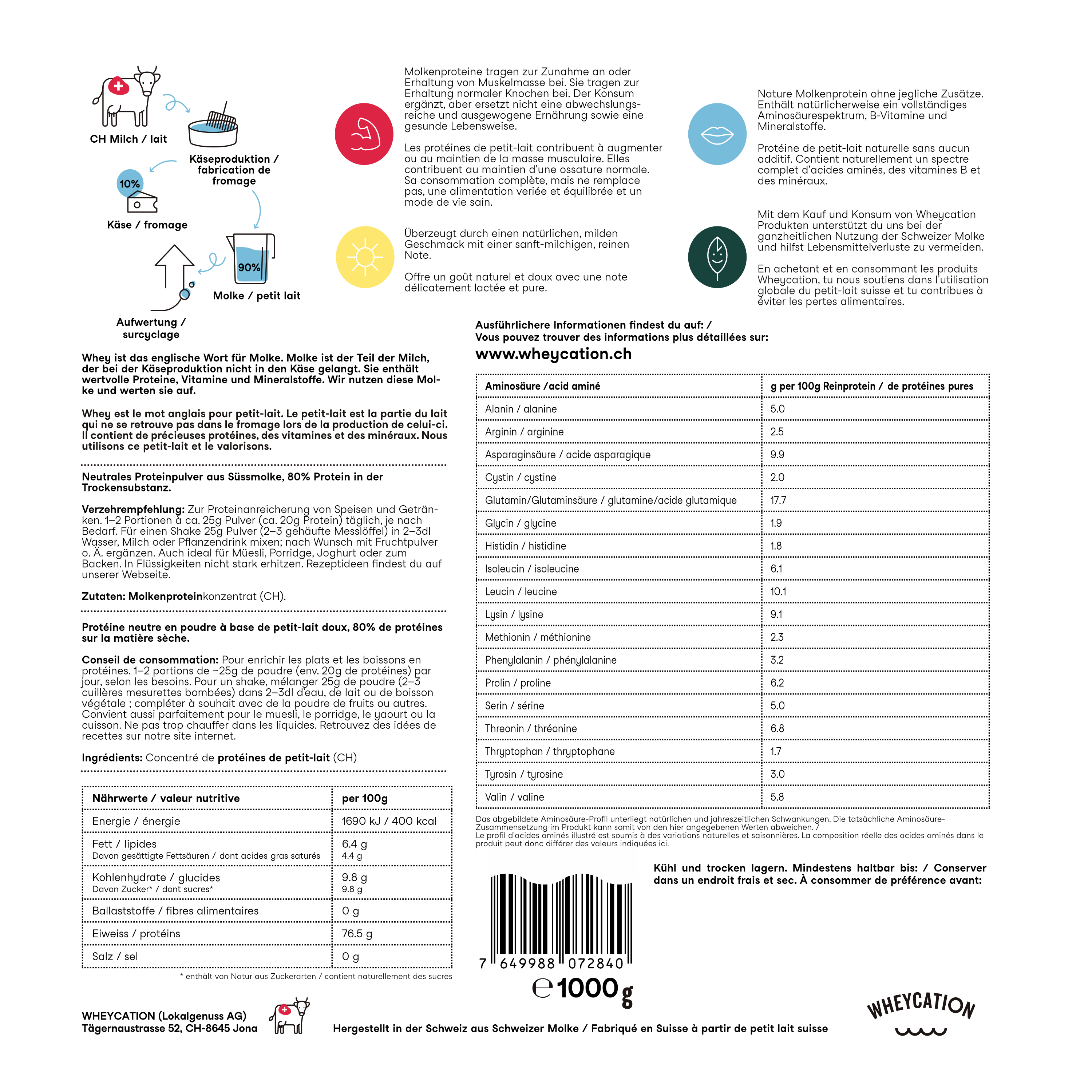
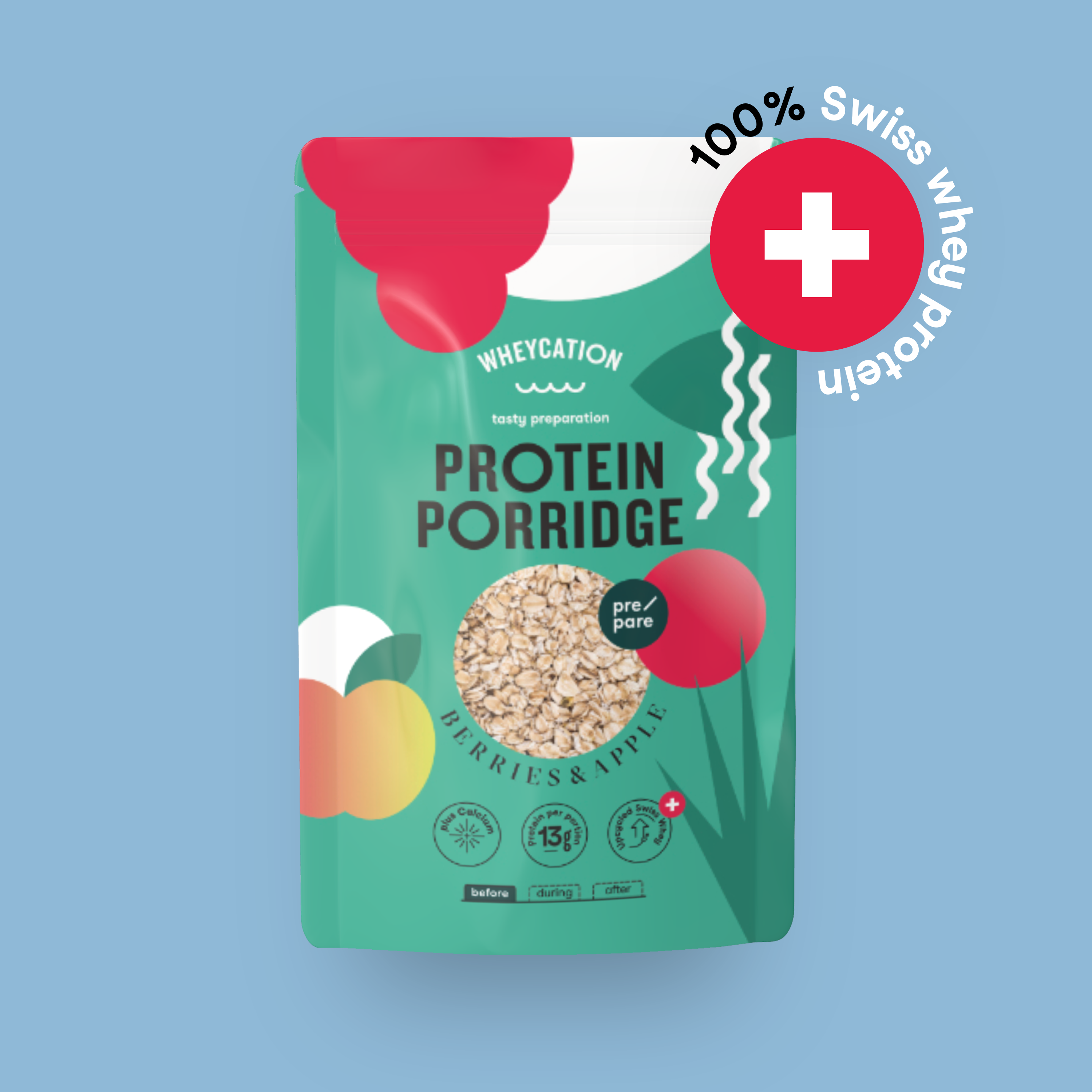
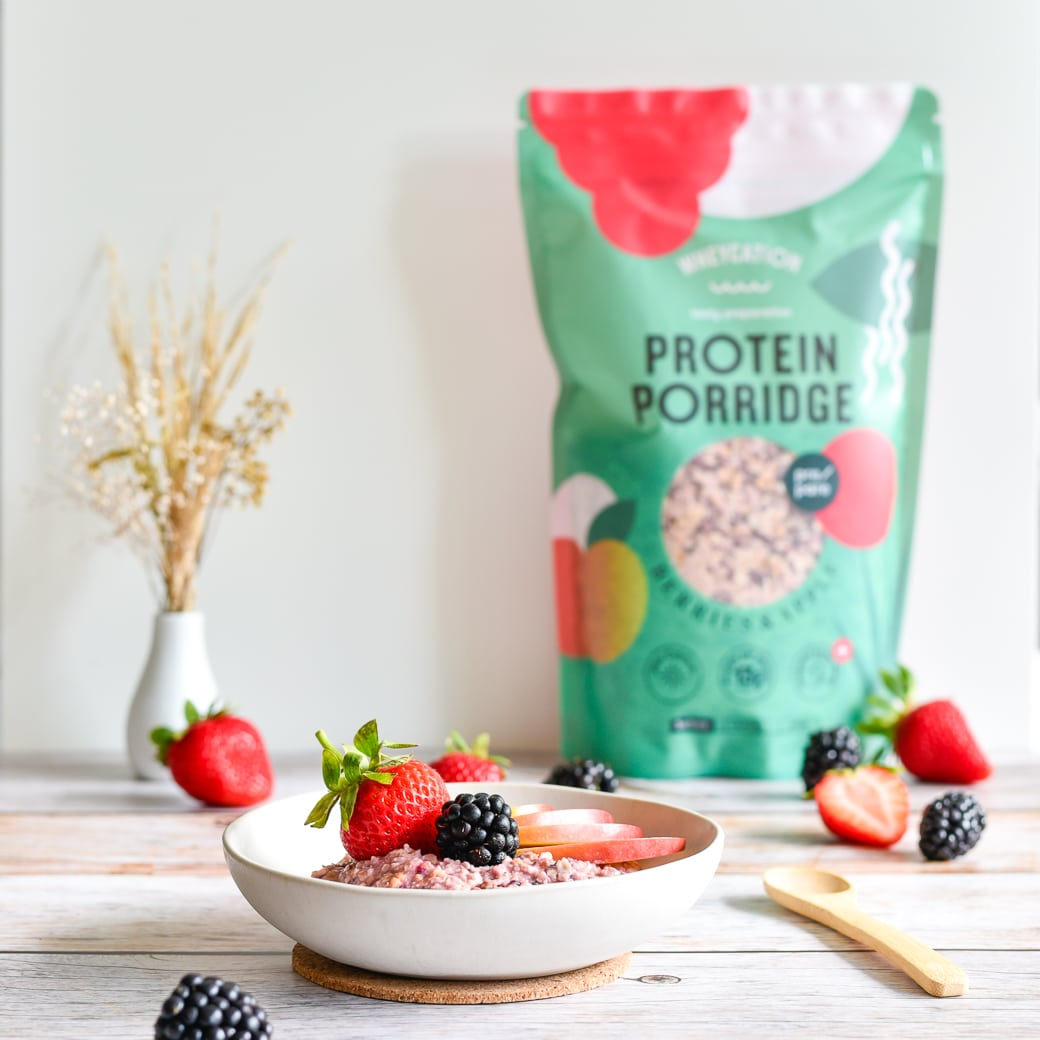

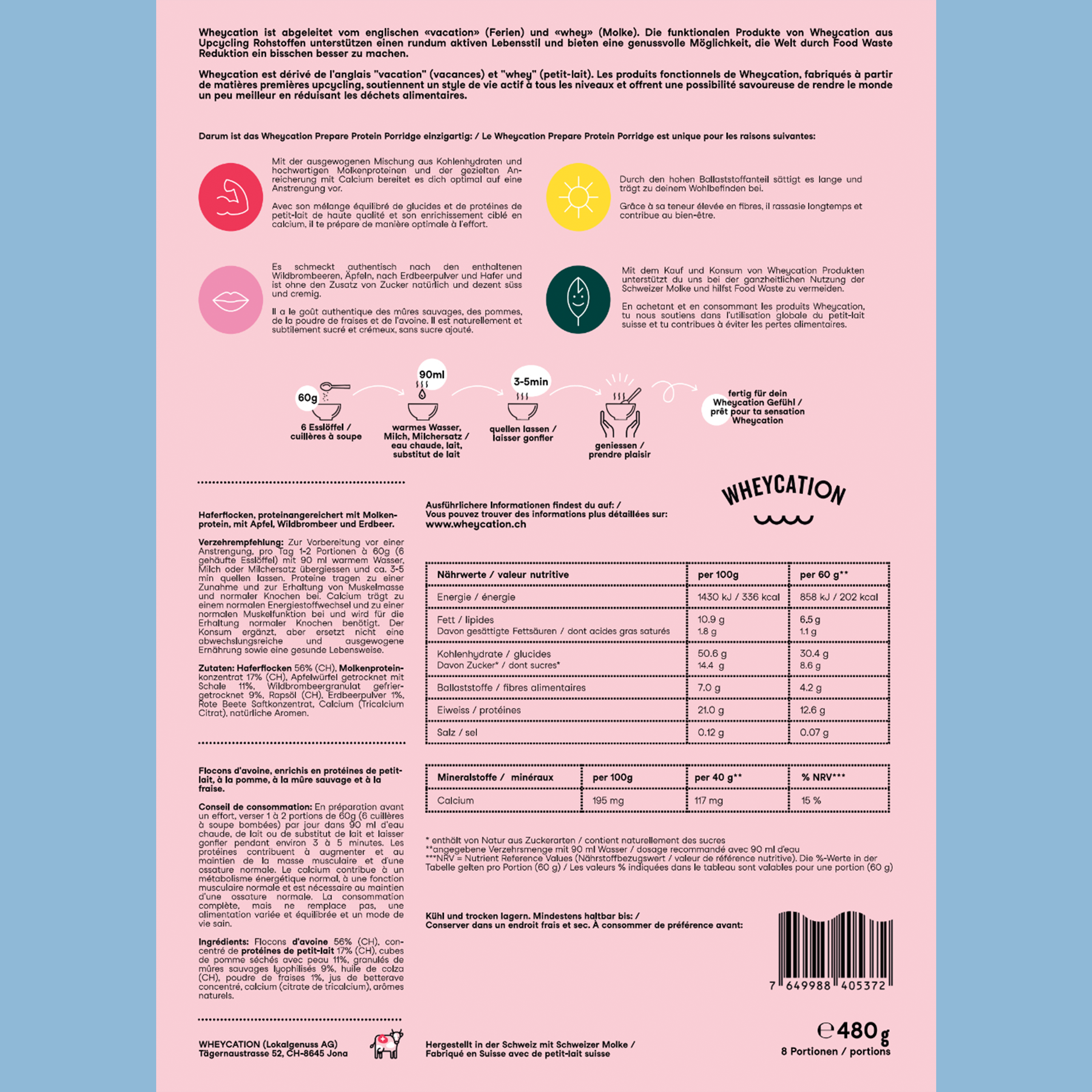
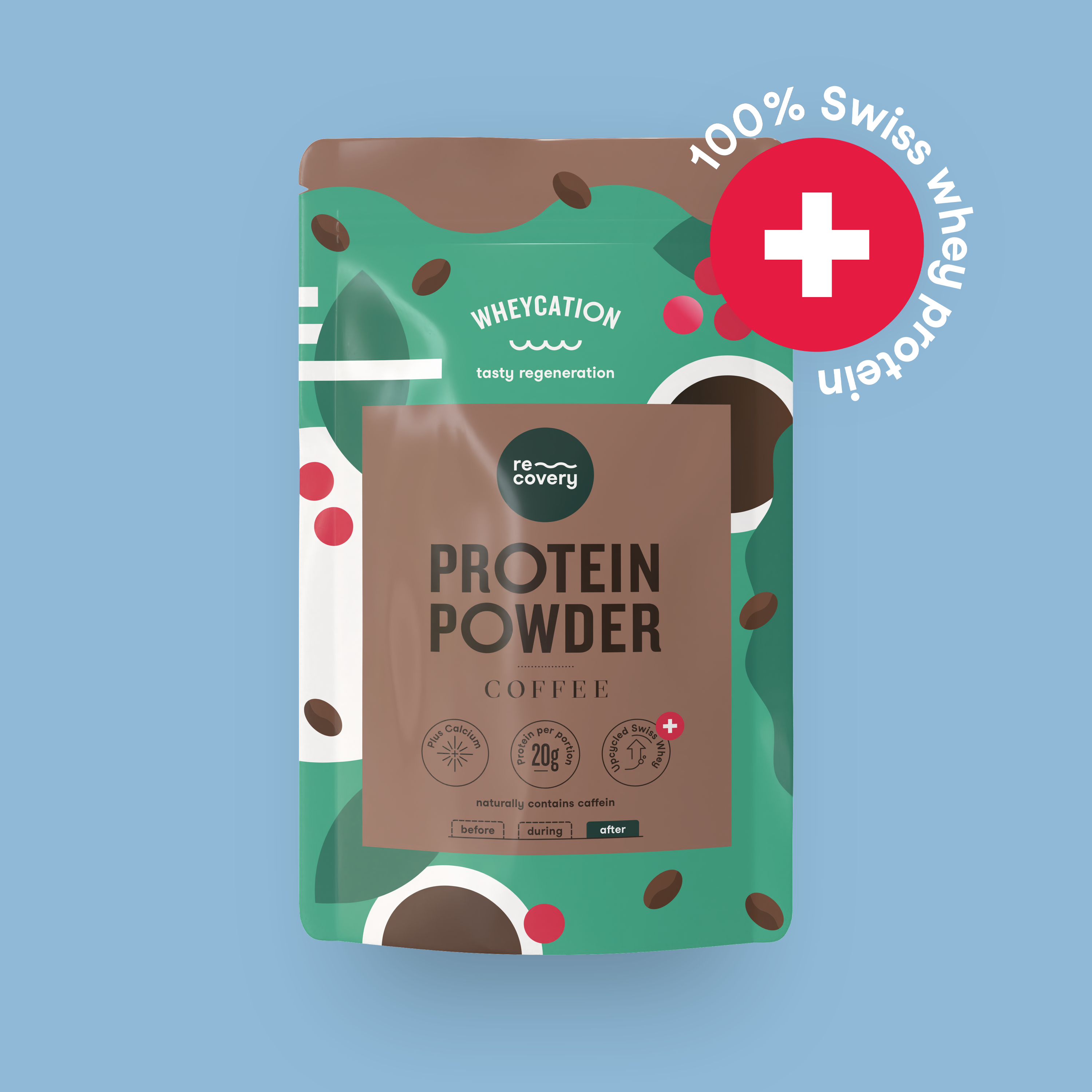
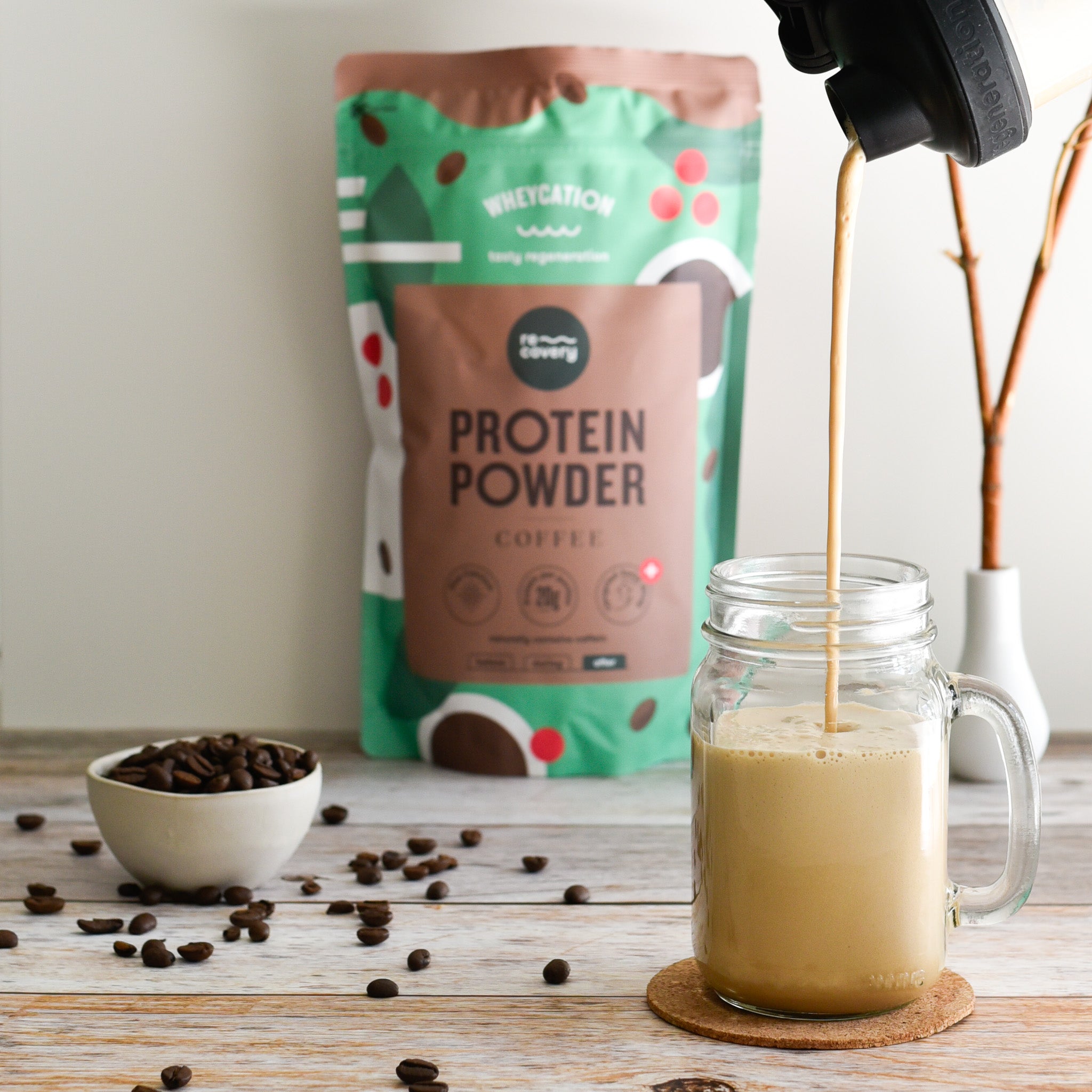




Split: